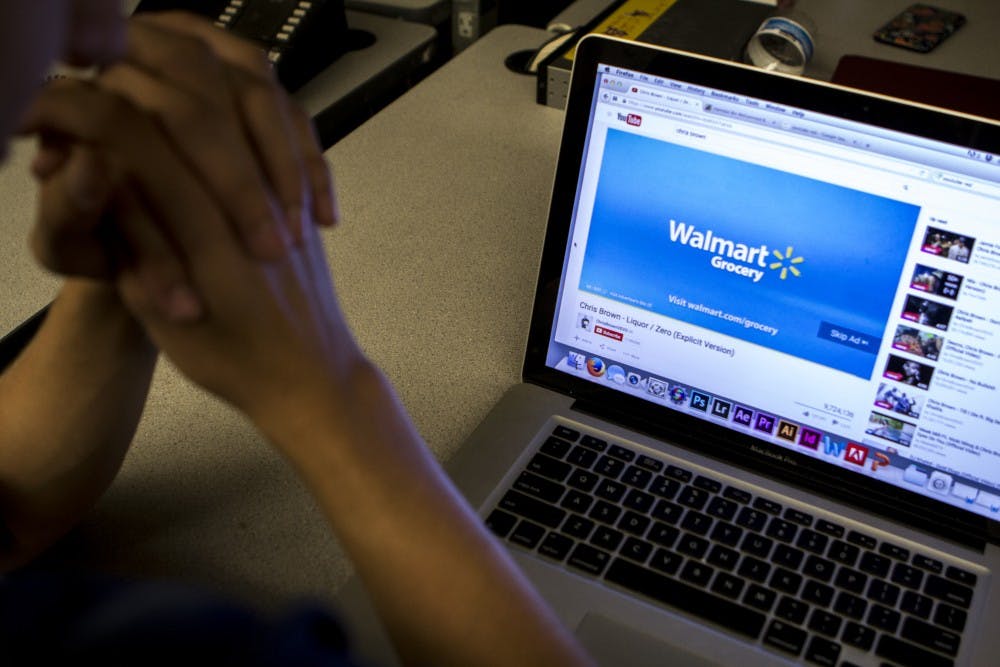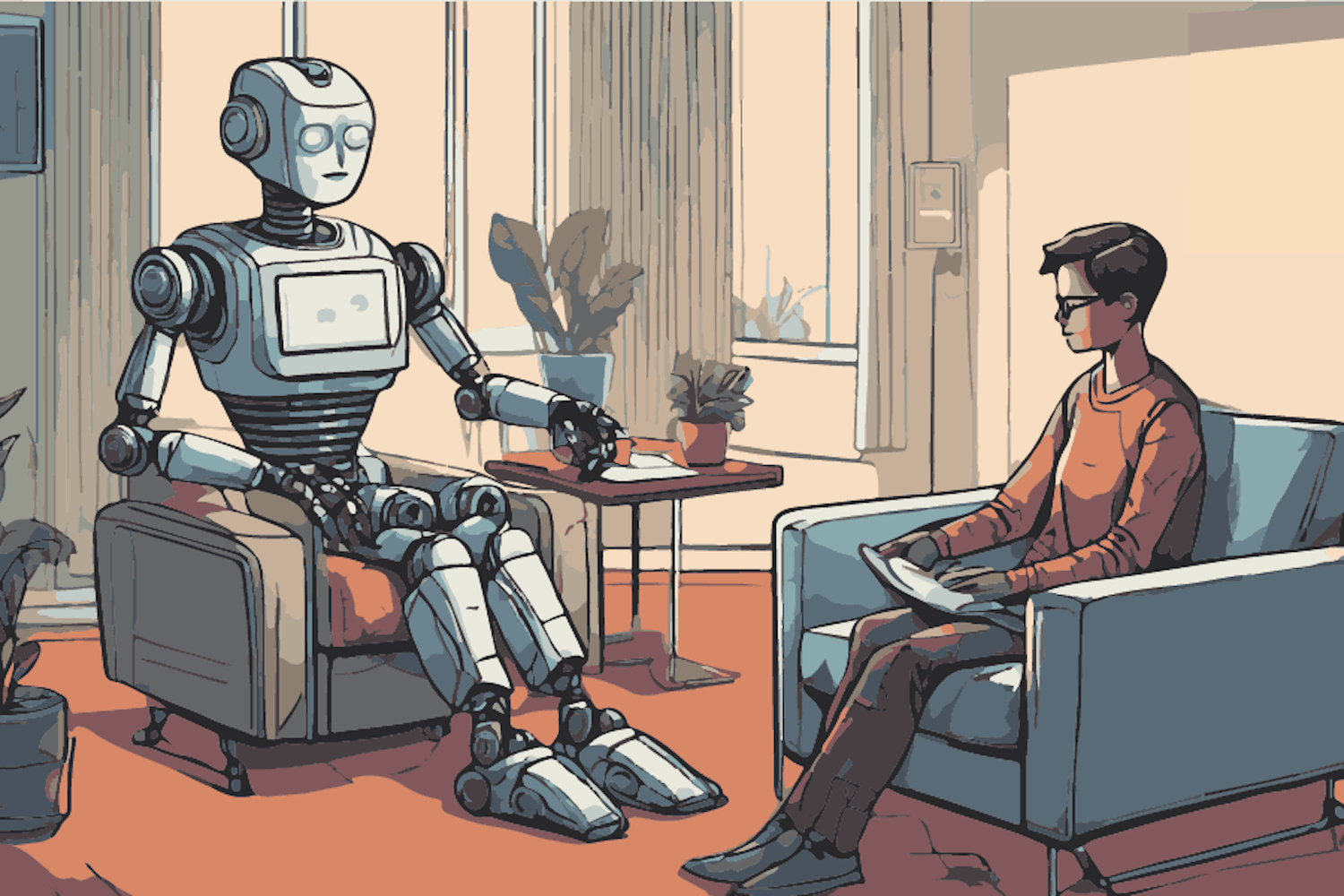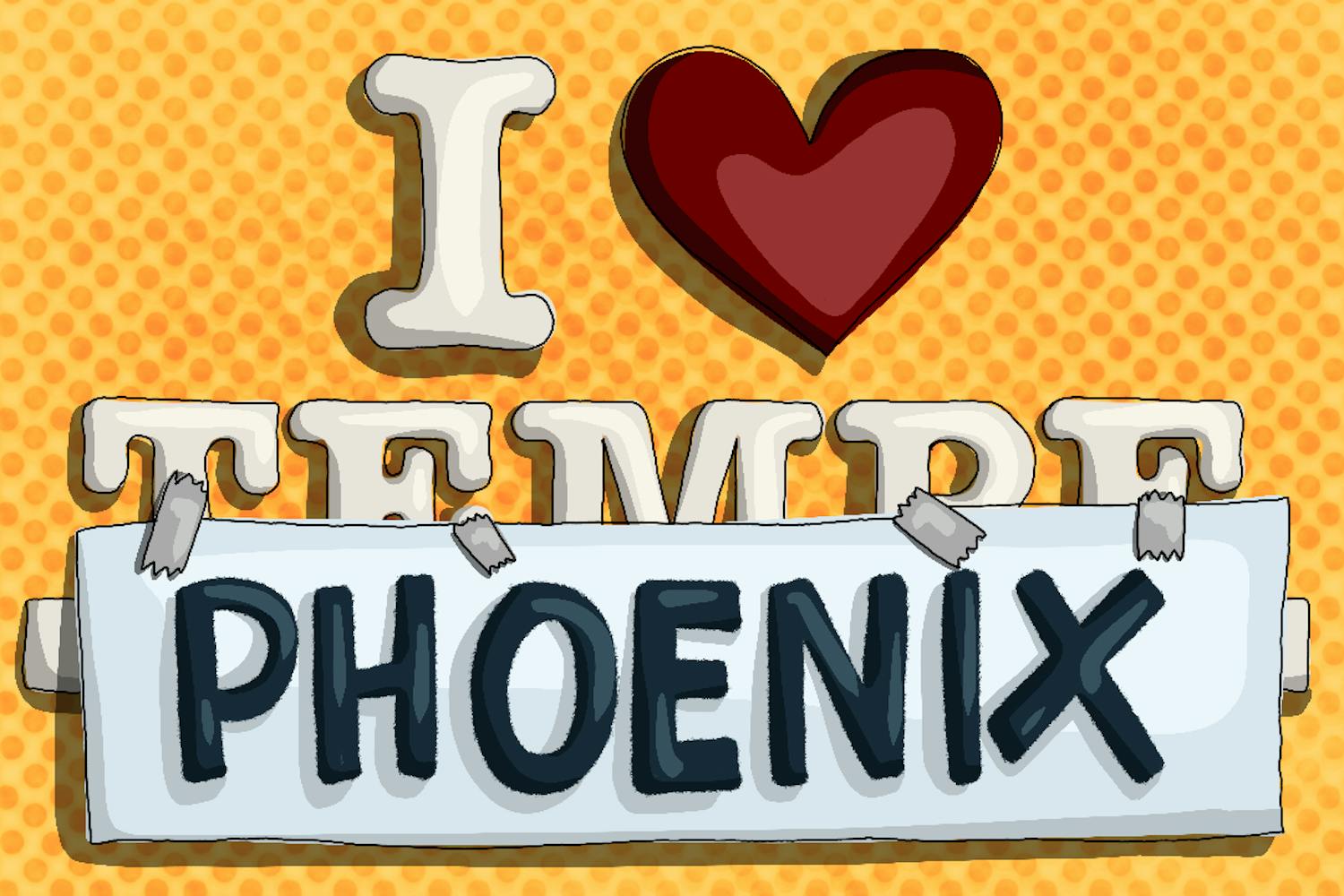Since its genesis, YouTube has arguably been the de facto place to go in the origin stories of countless Internet celebrities. Felix Kjellberg, James Rolfe and Doug Walker all being names that come to my mind as people whose humble beginnings on YouTube eventually lead to massively successful careers. Kjellberg earns over $10 million a year from his YouTube channel.
But these people are only a small fraction of the over a billion users on the website. And for every Kjellberg, whose gaming channel has over 40 million subscribers and millions of views on videos, the average gaming YouTube channel only averages about 3,050 video views. Obviously, this is a very wide margin.
And that gap is very important for the livelihood of the channel’s owner. The more views a channel gets, the more ad revenue they receive from YouTube as payment. This in turn gives creators motivation to make more content for their channels. For people like Kjellberg, YouTube is their life. But many others only have YouTube as a side job, often balancing things out with other careers.
In a way, it’s like a 21st-century version of the pop-culture image of the hopeful starlet who waits tables until they get their big break.
But YouTube is a business, and a large one at that. Like many big businesses, I feel, it has hit that point where it simply does not feel like communicating with anyone but the big stars with millions of views. By doing so, it is only furthering an environment where it’s becoming harder and harder for a fresh channel to get a foot in the door. This is no more apparent than with the recent announcement of YouTube Red.
YouTube Red, which went live on Oct. 28, has been rumored for years. With the invention of AdBlock, it’s become easier and easier for users to circumvent YouTube’s ads that seem to become more and more omnipresent by the year. As such, people have speculated that sooner or later, YouTube would announce a premium service to make up for that lost revenue in other ways.
At least, that’s my assumption. To my knowledge, YouTube has not confirmed the real reasons behind Red beyond simple revenue generation. And earning money is fine, great even. Businesses don’t survive on goodwill. A 2009 Slate article stated that analysts estimated YouTube’s bandwidth alone costs Google almost $360 million a year, and that’s without adding licensing costs and other fees. Even for a company that earned $66 billion last fiscal year, that $360 million is still a decent slice of change in the grand scheme of things. For a company as large as Google, of course the company going to try to recoup losses in any way it can just because it’s money that Google doesn't have yet.
The problem is not what Red means for the company, but what Red could mean for the little guys on YouTube, and what Red means as a symptom of the greater problem on YouTube.
YouTube has always been more than a little tight-lipped on most of its big changes. Red was launched with little fanfare, and even less information was given to YouTube’s many users —this isn’t the first time either. With the implementation of YouTube’s content ID system, many YouTube channels — especially those in the gaming and entertainment fields — found themselves subject to copyright claims that were either false or invalid thanks to fair use laws. Despite this, their videos were taken down and their livelihoods were put at risk. As too many copyright claims can permanently put the kibosh on a YouTube channel, to this day, YouTube has been tight-lipped about fighting such abuses of their system and nothing has really changed.
“Tight-lipped” is the best way one can describe Red, too. Red is basically $10 a month for ad-free viewing of any YouTube video, as well as exclusive content created by YouTube’s top earners such as Felix.
The problem comes with the word “ad-free.” As mentioned, the biggest and easiest way for YouTube channels to earn revenue is through ads. So, what happens to the Red views that, by default, don’t see ads? Since this Red announcement came out of nowhere, a majority of the content creators were wondering the same question, as a high number of subscribers to Red could theoretically strangle many new channels in their cradle.
YouTube eventually came out saying that revenue through Red would be through a pool. Basically, YouTube Red revenue will come from the monthly subscription money, with more popular channels earning more of the pool.
Again, from a business perspective, it makes sense. The top channels earn the most viewers, so YouTube will want to keep them in good graces and pay them according to their popularity. From a perspective of fostering entrepreneurship and helping smaller channels get off the ground, it is absolutely toxic.
This is due to the fact that since all YouTube Red money is being put into a pool, newer, less popular channels, will by default earn much less money for Red views than they would from a non-Red user viewing the same video. This makes getting one’s foot in the door of the already incredibly competitive YouTube ecosystem even harder. Since, obviously, the more revenue your channel generates, the more one is encouraged to continue it as it eventually creates a secondary stream of revenue if you take off.
This became worse with the announcement that YouTube Red will be free for the month of November. Once again, YouTube was tight-lipped about what this meant for content creators. Does this free trial mean that for the month of November all YouTube channels will essentially be working unpaid? For a time, most people assumed this to be true. And after the eventual outcry, YouTube announced that for November, YouTube channels would be paid through Google Play revenue instead.
Was this decision an about-face? Was it planned? We simply don’t know because YouTube said nothing beforehand, allowing people to assume the worst.
Business, by its nature, is competitive, and even moreso in entertainment when you have to compete to stand out in some way in a sea of similarly minded people. What YouTube is doing with Red is essentially making it even harder for new channels to get revenue since, by default, they are going to be learning much, much less than their more popular contemporaries. While a new channel would never make anywhere near the income of a channel like Kjellburg’s, the pre-Red revenue model at least made it so the earnings were at least somewhat consistent. It gave them just a little bit of leverage. Sometimes, that little bit is all you need.
Much like its parent company, YouTube is a corporation. In the end, corporations don’t foster entrepreneurship: companies only look out for their biggest fish. It will not give up that leverage because that leverage poses the risk of alienating their top earners.
Related Links:
YouTube is more than just viral videos
Celebrating 5 years of juggernaut Web site YouTube
Reach the columnist at drsmit19@asu.edu or follow @Maxx_Lazerblast on Twitter.
Like The State Press on Facebook and follow @statepress on Twitter.
Editor’s note: The opinions presented in this column are the author’s and do not imply any endorsement from The State Press or its editors.
Want to join the conversation? Send an email to opiniondesk.statepress@gmail.com. Keep letters under 300 words and be sure to include your university affiliation. Anonymity will not be granted.




